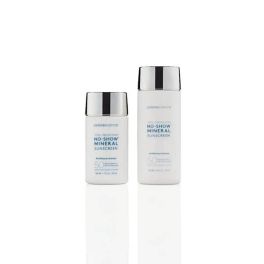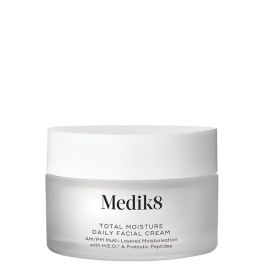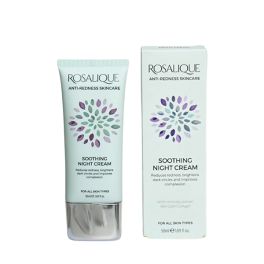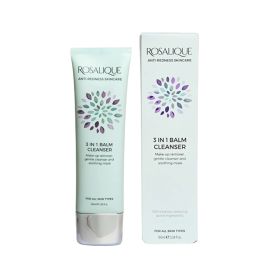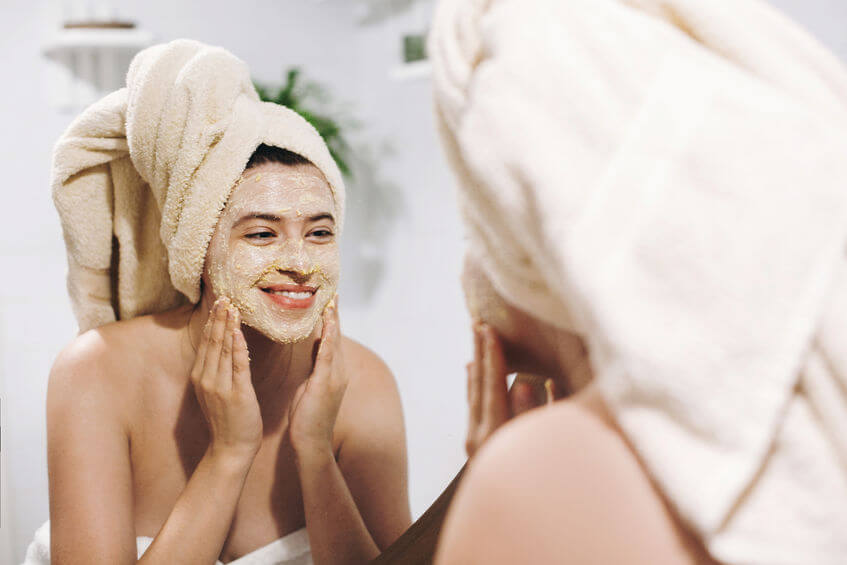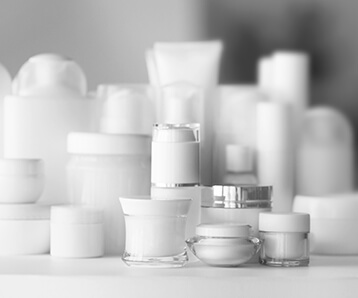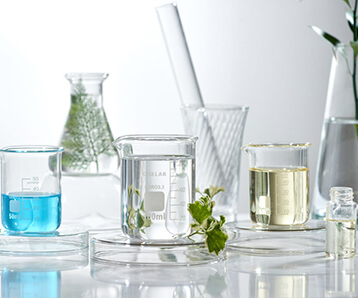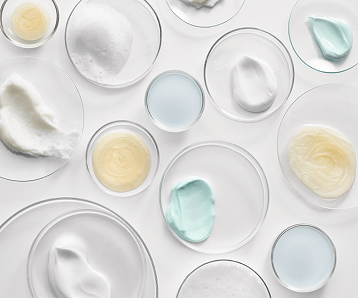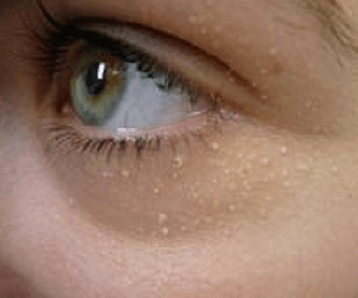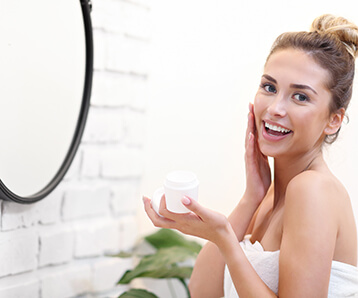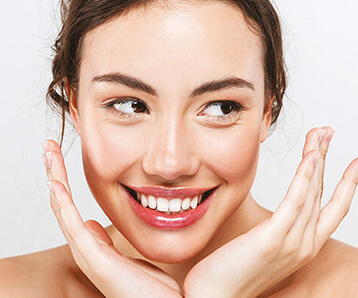Skin Exfoliation: Which Type Is Right For You? Posted on 5 Mar 2024
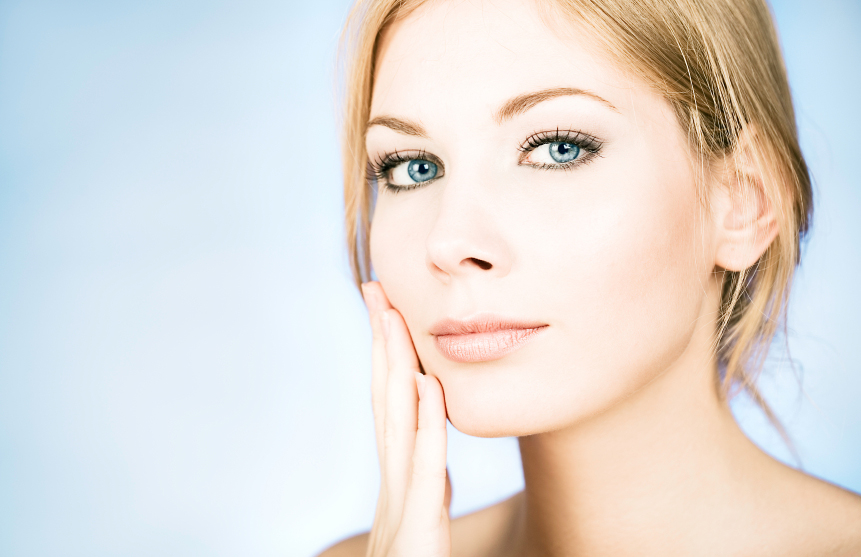
Do you exfoliate? How often do you do it? Exfoliation should be an essential part of everyone's skincare routine, no matter your skin type, even sensitive skin! Exfoliation is the process of removing dead skin cells from the skin's surface either by using physical exfoliants or a gentle chemical exfoliant.
Your skin naturally sheds dead skin cells to make room for new cells every 30 days or so. However, this natural skin cell turnover process gradually starts to slow down as we age (starting from around the age of 25) resulting in dull skin, dry skin, and uneven skin tone. However, we can aid in speeding this skin cell turnover process back up by incorporating additional exfoliating acids into our skincare routines.
What Are The Benefits Of Exfoliation?
Exfoliating can improve the appearance of your skin in several ways.
-
Helps to unclog pores and reduce enlarged pores, breakouts, and blackheads in acne-prone skin
-
Reduces excess oil and balances oily skin types
-
Aids in increasing collagen production and anti-aging benefits
-
Reduces the appearance of fine lines and wrinkles and premature aging
-
Improves skin texture, and even skin tone and results in smoother skin
-
A more radiant complexion and reduction in dark spots as a result of over-sun exposure
-
Allows skin care products to penetrate the skin better resulting in better results
-
Increased skin hydration
What Is Physical Exfoliation?
Physical exfoliation involves a manual exfoliation of the skin by using exfoliating mitts, cleansing scrubs, dry brushing, or loofahs. The scrubbing action, usually achieved via beads, seeds, and granules, helps to loosen unwanted dead skin cells and remove them from the skin's surface.
DermaTx Rejuvenate Microdermabrasion Cream is a great example of a physical scrub.
What Are The Different Chemical Exfoliants?
While face scrubs have traditionally always been the first choice when thinking about exfoliation, with clients now knowing more about skincare ingredients more than ever, chemical exfoliation popularity has gone through the roof. Although physical and chemical exfoliants provide very much the same end result, they are achieved slightly differently.
Think of a chemical exfoliator like PAC-MAN on your skin and once applied, they eat away at surface debris to reveal new skin, glowing skin. Chemical exfoliation can come in the form of cleansers, toners, serums, and even moisturisers.
There 3 main different chemical exfoliant categories, with AHAs and BHAs being the most popular, are:
-
Alpha Hydroxy Acids (AHAs)
-
Beta Hydroxy Acids (BHAs)
-
Poly Hydroxy Acids (PHAs)
Alpha Hydroxy Acids (AHAs)
Ideal for mature, sun-damaged skin, and those wanting glowing skin
AHAs are a group of water-soluble acids typically derived from sugary fruits. Popular AHAs include, with the most common being lactic and glycolic acid:
-
Glycolic acid, which comes from sugar cane
-
Lactic acid, which is found in milk and pickled vegetables
-
Citric acid, found in citrus fruits
-
Tartaric acid, from grapes
-
Malic acid, found in apples
-
Mandelic acid, mostly plant-derived, the most gentle within the AHAs
What Products Can I Find AHAs In?
Glycolic Acid Body Moisturisers
Beta Hydroxy Acids (BHAs)
Ideal for acne-prone skin, acne scars, and oily skin types
BHAs are oil-soluble acids and best suited for acne-prone and oily skin types. These acids have anti-inflammatory properties and go deep into your hair follicles to remove excess oils and dead skin cells to undo clogged pores. BHAs are also effective in removing milia. There is only one main BHA:
-
Salicylic acid, found in willow trees
What Products Can I Find BHAs In?
Salicylic Acid Targeted Treatments
Poly Hydroxy Acids (PHAs)
Ideal for sensitive skin types and those who cannot usually use exfoliators
A new generation of acids, PHAs are fairly new to the skincare market and are similar to AHAs but even better. They are an effective but gentle exfoliant ideal for those with sensitive skin, eczema, rosacea, atopic dermatitis, psoriasis, ichthyosis, keratosis pilaris, or simply cannot tolerate exfoliation but are crying out for some ASAP. They are much gentler on the skin due to the larger molecule size and are a lot less irritating.
Poly hydroxy acids exfoliate and smooth your skin while endowing it with anti-inflammatory properties and strengthening the skin barrier, which is particularly useful for inflammatory skin conditions. PHAs are usually infused with other hydrating ingredients too like green tea, aloe vera, and hyaluronic acid to boost your results further.
-
Gluconolactone
-
Galactose
-
Lactobionic acid
-
Maltobionic Acid
What Products Can I Find PHAs In?













